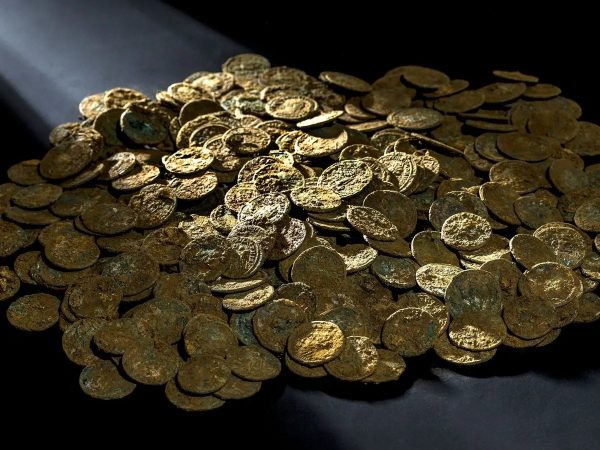In a fascinating discovery, a Swiss amateur archaeologist, Daniel Ludin, uncovered a treasure trove of 1,290 fourth-century Roman coins using a metal detector.
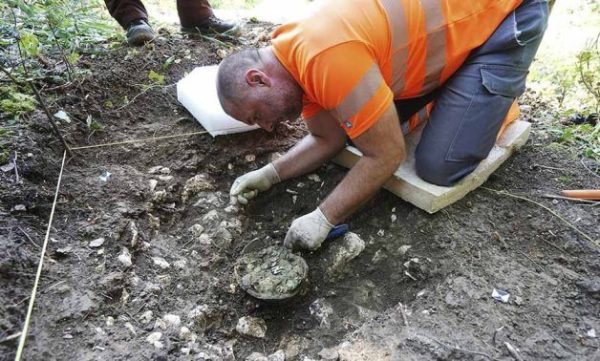
The jackpot find consisted of a broken ceramic pot overflowing with copper coins, all dating back to the reign of Emperor Constantine (306-337 AD). This cache, equivalent to a Roman Legion soldier’s two months’ salary, sheds light on a period marked by unusual economic stability.
The rarity of coin hoards from an era characterized by overall peace and tranquility, such as Constantine’s reign, adds a layer of intrigue to this discovery. Typically, coin burying practices were more prevalent in times of economic instability, driven by civil wars, incursions from neighboring groups, or economic crises.
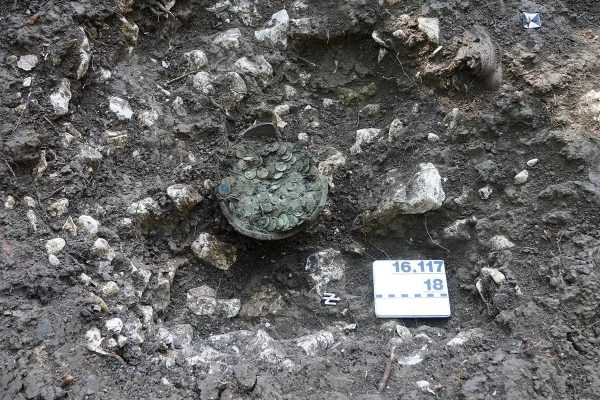
The exact purpose of Ludin’s find, made near a border shared by three Roman estates, remains a mystery. The September 2021 discovery suggests potential reasons like a religious offering, peace offering, or a boundary line sacrifice. Despite the historical stability during this period, contemporary hoards from the Roman Empire’s history are scarce, making Ludin’s find even more significant.
Constantine’s reign introduced pivotal reforms, including the separation of civil and military authorities and the issuance of the gold solidus coins.
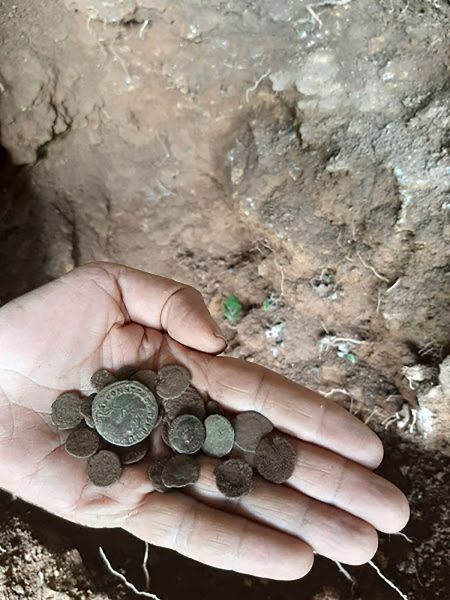
These gold coins, intended to counter the inflation of the 3rd century AD, became a standard for Byzantine and European currencies for over a millennium. Additionally, Constantine shifted the Roman Empire’s capital to Byzantium, renaming it Constantinople (modern-day Istanbul).
Daniel Ludin’s responsible approach to his discovery demonstrated a deep sense of professionalism. After finding the coins, he promptly informed Archaeologie Baselland, allowing for a meticulous excavation and preservation process.
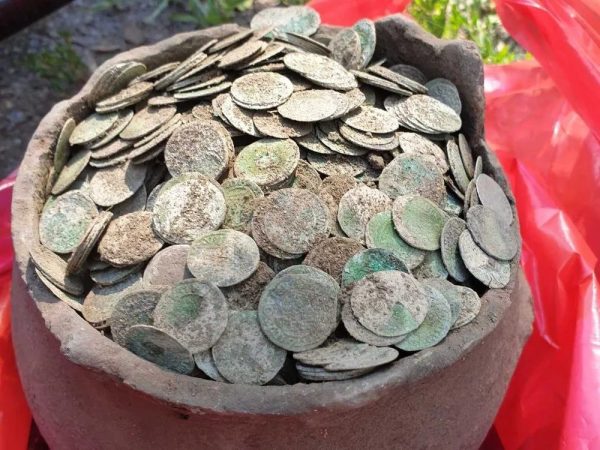
The pot, along with coins, pot fragments, and archaeo-organic remains, was preserved in a soil block for further study. A CT scan of the soil block revealed a separation of coins in the pot by a piece of cowhide, adding another layer of mystery to Ludin’s remarkable find.
As Ludin’s discovery undergoes careful analysis at the Swiss Federal Laboratories for Materials Testing and Research, archaeologists and historians anticipate further insights into this intriguing chapter of Roman history, offering a glimpse into the economic nuances and societal divisions of the Constantine era.
